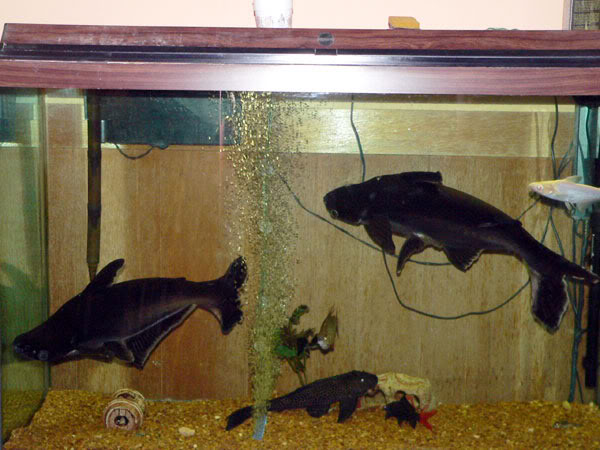OK, bunch of questions, I'll try to answer them all.
No, the product you posted is NOT ceramic media. It is a chemical removal that similar to carbon works for a short time and then is spent. I would not personally recommend it. It's something to keep handy if cycling with fish in case someone else would be watching the tank and you didn't think they would do a water change, but it has limited use since it will starve the bacteria from all ammonia (and thus really ruin your cycle).
As mentioned in my last post there are 2 main types of filtration. First and least important is mechanical filtration. This removes all the large debris from the tank by physically removing it from the water (think coffee in a coffee filter). This is more for aesthetics than any practical function. You can have a cloudy gunky tank with a lot of sediment and your fish will be fine. It just won't look nice.
Second and most important is the biological filtration, that is removal or conversion of toxic ammonia and nitrIte into nitrAte. This is why many people new to the hobby kill their fish, and why there are many MANY products that claim to remove/detoxify/etc. Your bacteria builds up on surfaces throughout your tank and converts the ammonia and nitrIte to nitrAte. Since your filter gets the highest flow of any part of the tank it will likewise house the largest amount of bacteria if the surfaces allow. Porous surfaces like that of ceramic beads and carbon are great places since they can house a lot of bacteria in a small space. Foam pads and filter floss primarily function as mechanical filtration since they do not have much surface area compared to the ceramic and carbon.
The reason why activated carbon is shipped with most new tanks is to give a buffer between the time when your bacteria have multiplied to be able to handle the bioload of fish. The carbon will absorb the ammonia keeping the fish safe, and at the same time providing a large surface area for the beneficial bacteria to bind. The problem is that most of these filters come with directions that say to replace the AC after a set period of time. After a week or so (exact numbers are questionable) the AC's ability to absorb contaminants is diminished. But there is now beneficial bacteria present on the carbon. Probably not enough to handle the bioload, but better than nothing.
Now you go and replace the carbon (in many filters the carbon is the only insert so you basically replace the entire filter). For a couple days everything is great as the new carbon will absorb all the contaminants. But again, the carbon loses its effectiveness and you're left with a tank that cannot convert ammonia at an adequate rate. Every time you change out the carbon you get a minicycle and that ammonia/nitrIte will harm the fish. You might get GW from the ammonia in the water, other algae, and disease.
So that's why many of use recommend not using carbon unless treating with medication (to rid the water of medication after treatment), or when removing tannins from the water (after adding driftwood), or for a polishing step to get rid of foul odors (for instance after neglect/fish death/etc).
But if you're going to use carbon, you're better off rinsing it like the foam insert and putting it back in. It will have a good portion of your biological filter on it. For myself, I just chucked the carbon before setting up the filter and put another foam insert in for mechanical filtering and some biological.
Here's the ceramic inserts I was referring too, they are called BioMax beads:
HTH
 I do water changes each week, 10 -20%. I don't have a lot of fish in there. I don't get it. I vacuum my gravel each time, too. Do my fish poop too much? *confused*
I do water changes each week, 10 -20%. I don't have a lot of fish in there. I don't get it. I vacuum my gravel each time, too. Do my fish poop too much? *confused*


